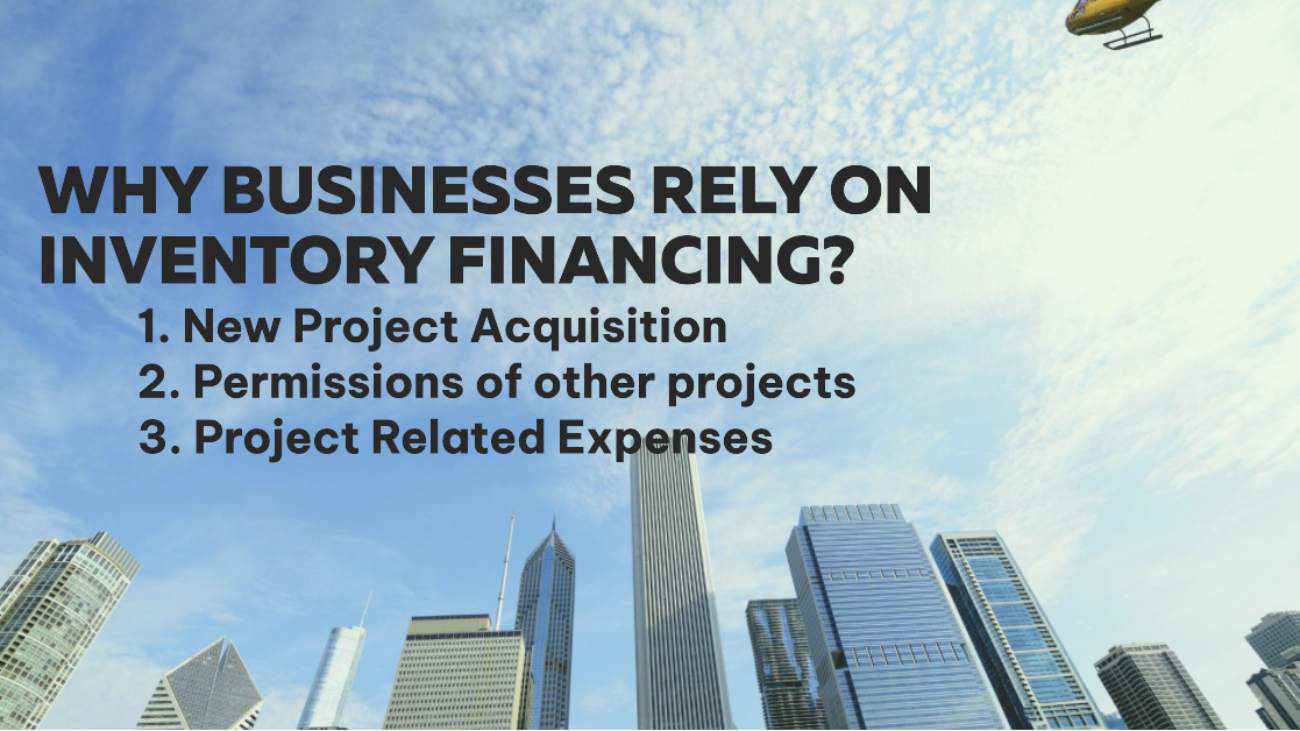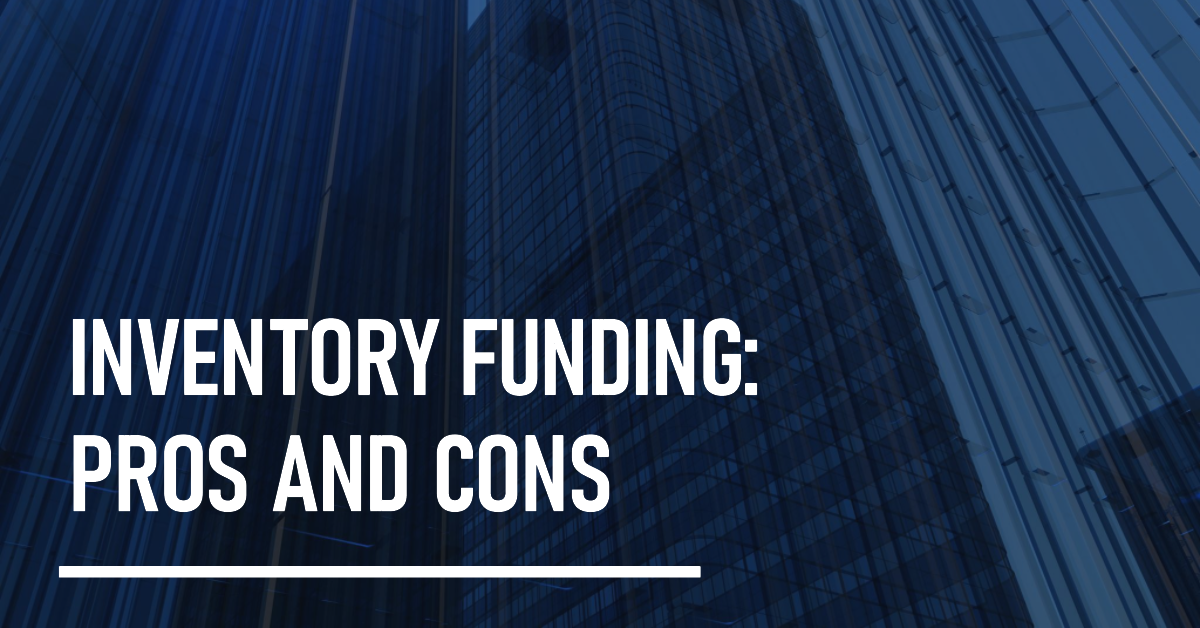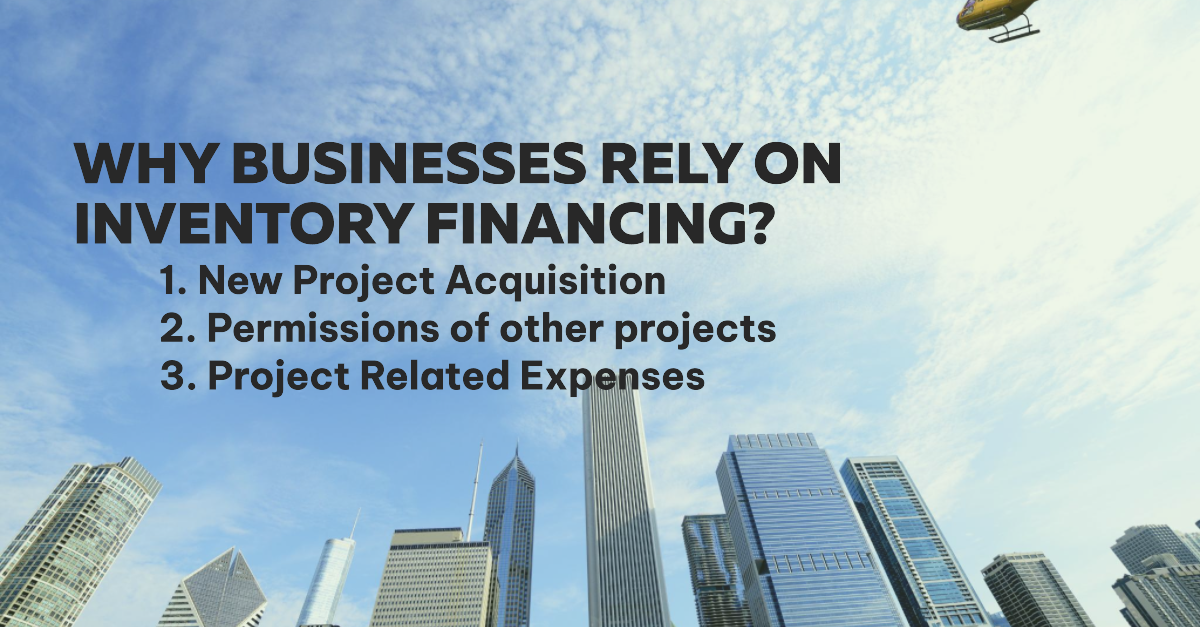Are you a builder with big dreams but a not-so-big wallet? Don’t worry; you’re not alone. Building projects require money, and sometimes, that money can be hard to come by.
But fear not, because in this article, we’re going to talk about five simple ways builders like you can get the funds you need to bring your construction dreams to life.
1. Project Finance
One of the most common ways builders get money for their projects is through Construction Finance loans. It’s a bit like borrowing money from a bank, and you’ll need a solid plan and good credit. But if your project is sound, banks are often willing to lend you the funds you need.
2. Private Investors
Think of private investors as your project’s fairy godmothers and godfathers. These are individuals or companies who believe in your project and are willing to invest their money in it. They might want a share of the profits in return, but it’s a way to get the funds you need without going through a bank.
3. Government Subsidies
Governments often offer grants and subsidies for specific types of building projects. These can be a bit tricky to find and apply for, but they can provide a significant financial boost to your project, especially if it aligns with government goals like affordable housing or sustainability.
4. Sales Proceeds
If you have funds already set aside for your project, here’s a straightforward plan: once you’ve gotten all the necessary approvals, you can start selling the flats you plan to build. The funds you get from these sales can then be used to construct the slabs you need. It’s a smart way to finance your project without relying on outside sources, keeping everything self-sufficient and on track..
5. Partnership/ JV
Sometimes, teaming up with experienced developers or investors can be a great idea. It’s like a partnership where everyone wins. You not only get the money you need but also valuable knowledge and connections in the property business. This collaboration isn’t just about funds; it’s about combining skills and resources. It can make your project more likely to succeed and spread out the risks. In simple terms, it’s a smart move that benefits everyone involved.




